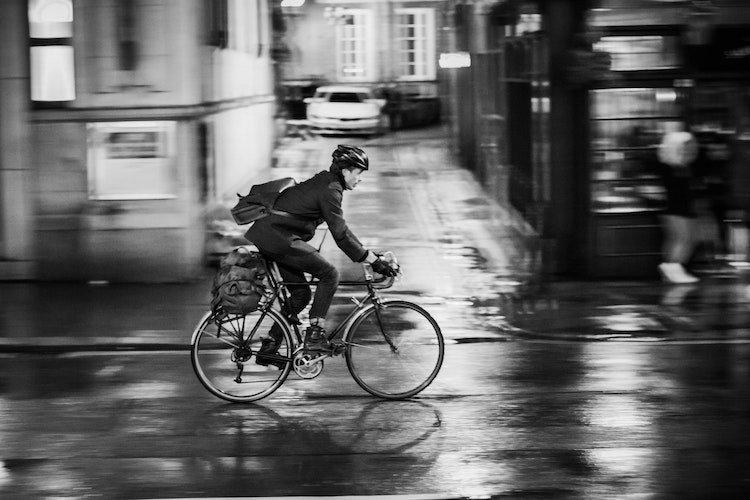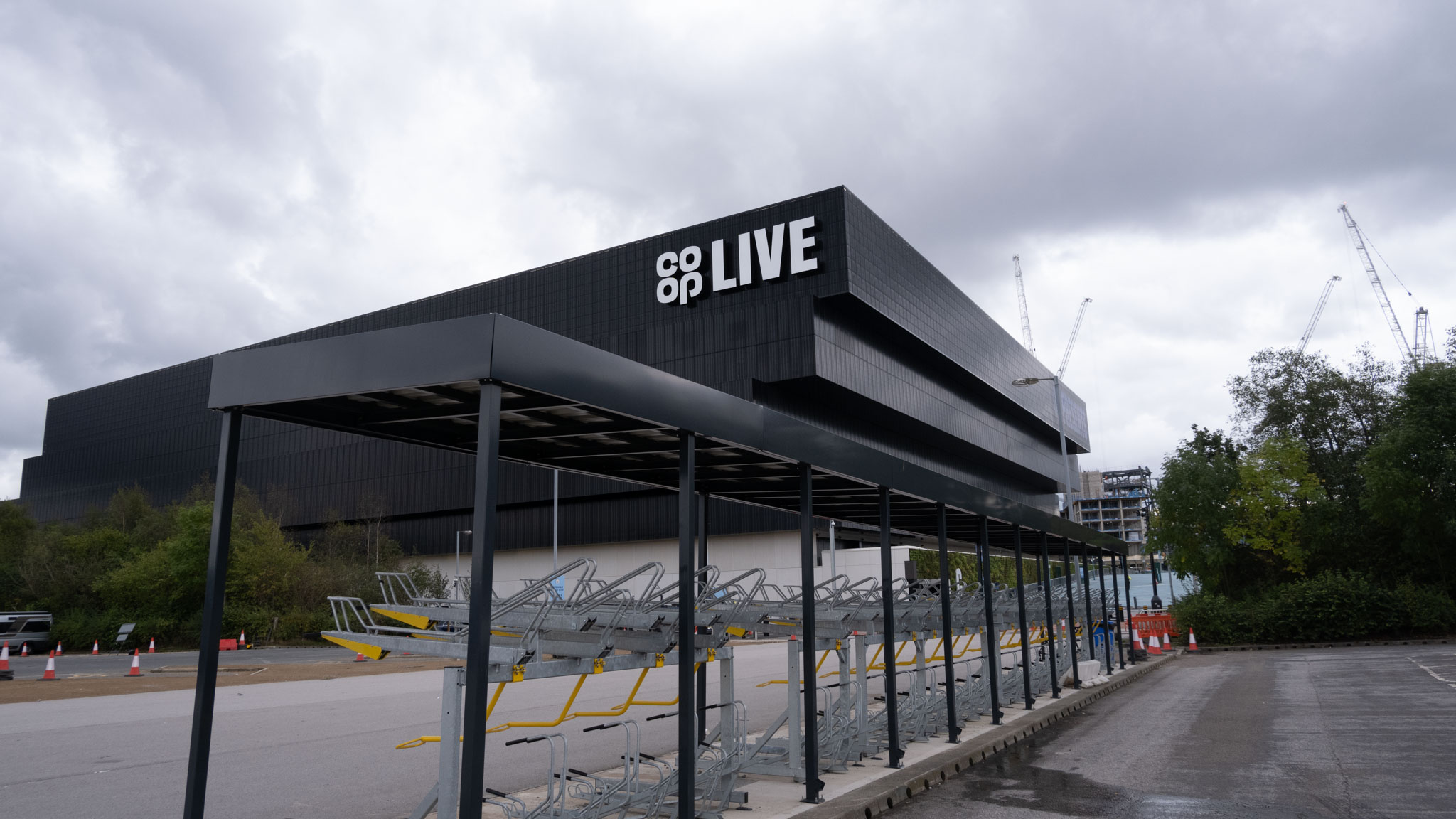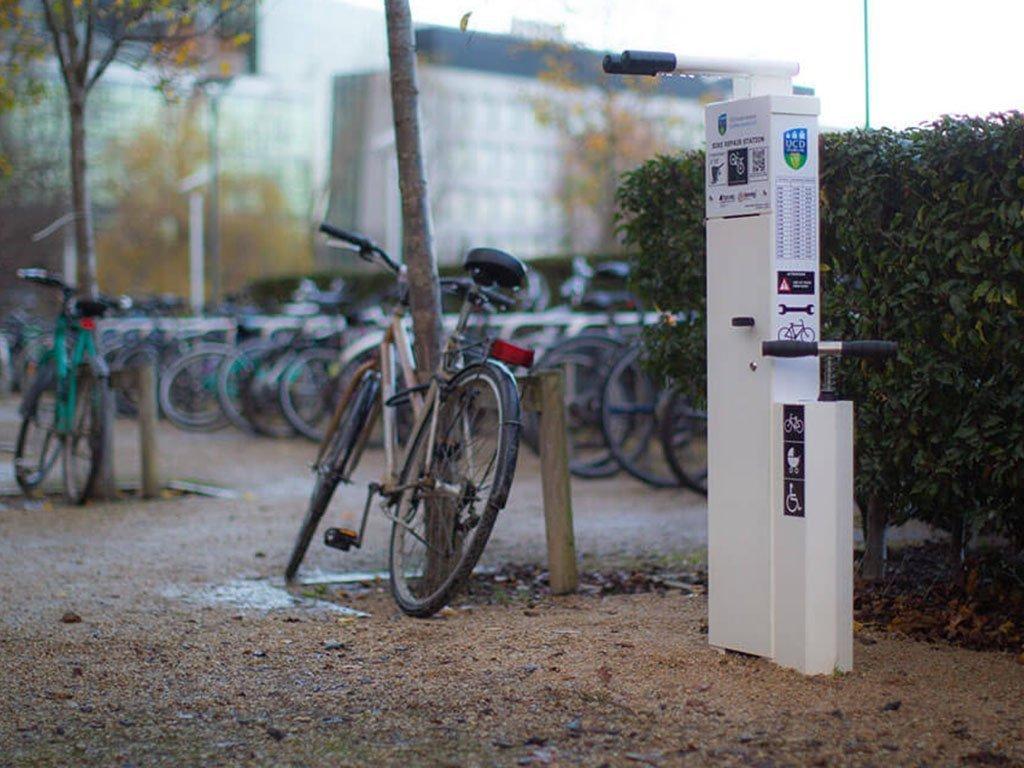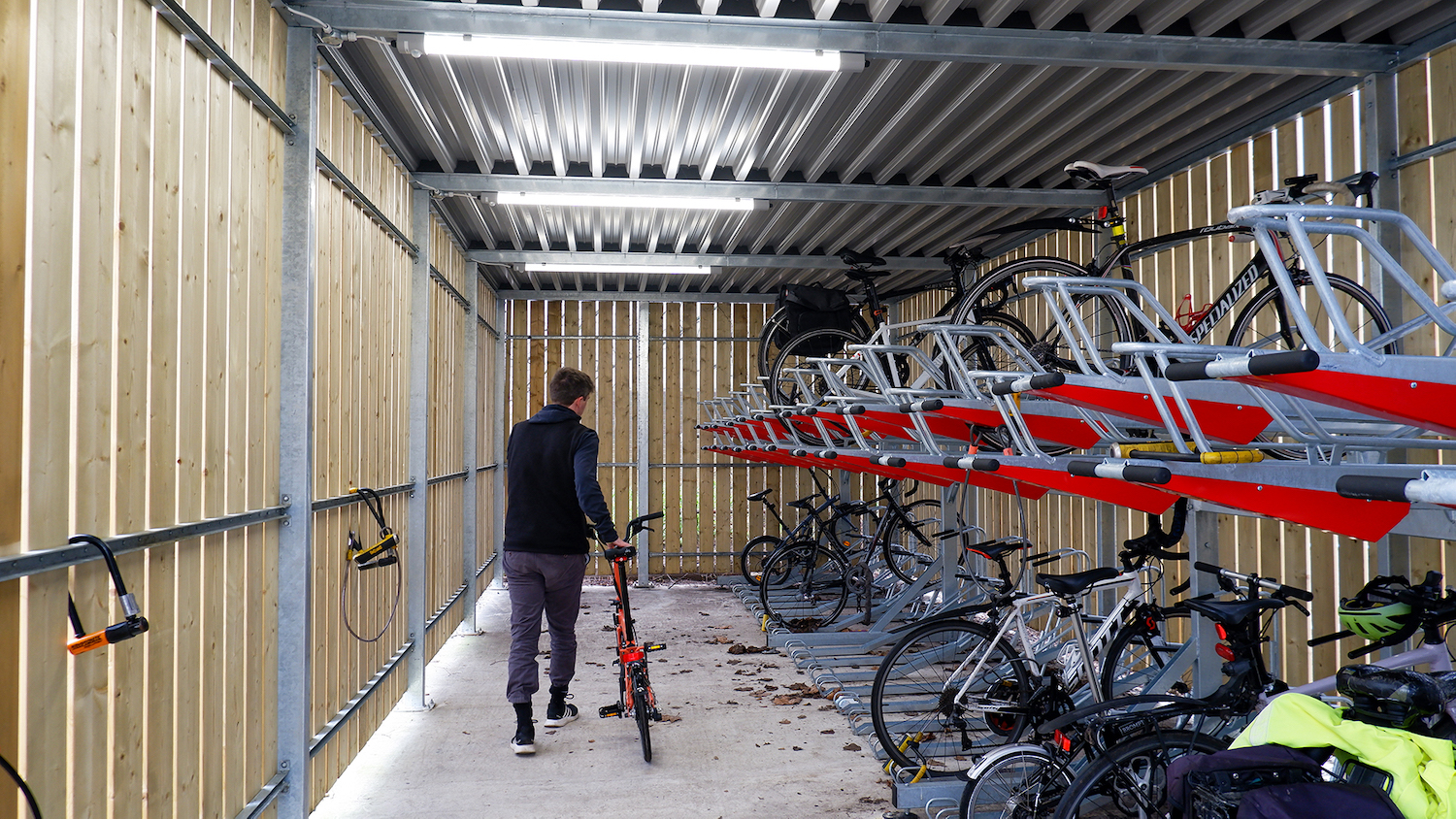With more and more people around the UK now cycling, Turvec explore some of the main considerations for urban cyclists as they navigate the busy city streets.
The Growth of urban cycling
The latest published statistics by Sustrans for cycling miles per year was up to 3.5 billion miles for 2016, an increase of 23%. Whilst a steady increase over the whole of the UK shows a level of growth, it is in urban areas where the greatest increases have occurred.
Between 1977 and 2016 the number of people cycling within central London has increased substantially from 27,000 to 184,000 (source Travel in London Report, TfL), that’s almost 7 times as many people, with the greatest increases in the last 15 years.
Why are more cyclists on UK city streets?
The possible causes of increased cycling in urban areas is down to a combination of factors. Looking at central London specifically a congestion charge was introduced in 2003 to discourage drivers, and a series of “Cycle Superhighways” were first opened in 2010, with more opening after.
These blue painted cycleways have offered safer arteries for cycle traffic around London, resulting in 70% of all peak morning traffic on Blackfriars bridge now being from bicycles. Substantial investment in public hire bicycles have also made a contribution with 10.3 million journeys being made on them in 2016.
Many people refer to the sporting success of cycling in the olympics, and the dominance of UK cyclists in the Tour de France over the past few years as a reason for increased cycling numbers. It’s hard to deny that many see these successes as inspiring.
Over the past few years the MAMIL revolution has been well documented with films and articles showing the Middle Aged Men In Lycra as a regular fixture on our roads and the local cycling club’s Sunday ride. Many of these cyclists now commute to work and enjoy their new found fitness.
The rise of cycling cities
Throughout the UK there are some cities that identify as “cycling cities” where infrastructure favours the more efficient vehicle. It is often in older city centres, where the buildings and roads were never designed with cars in mind. Cambridge, York and Oxford all spring to mind as cities where the bicycle has always been a regular fixture for the majority of city residents.
As modern cities evolve to deal with increased motor traffic and stricter emissions and air quality targets, cycling and low/zero emission public transport are being invested in. Increased investment and good infrastructure design are expected to increase the cycling traffic within cities. Cycling needs to be seen as safe, quick and efficient to appeal to the motorists currently queuing in traffic.
City Cycling Guides:
Read our other guides for cyclists who commonly journey through cities:
What clothing should I wear while cycling in the city?
Following the highway code while urban cycling





